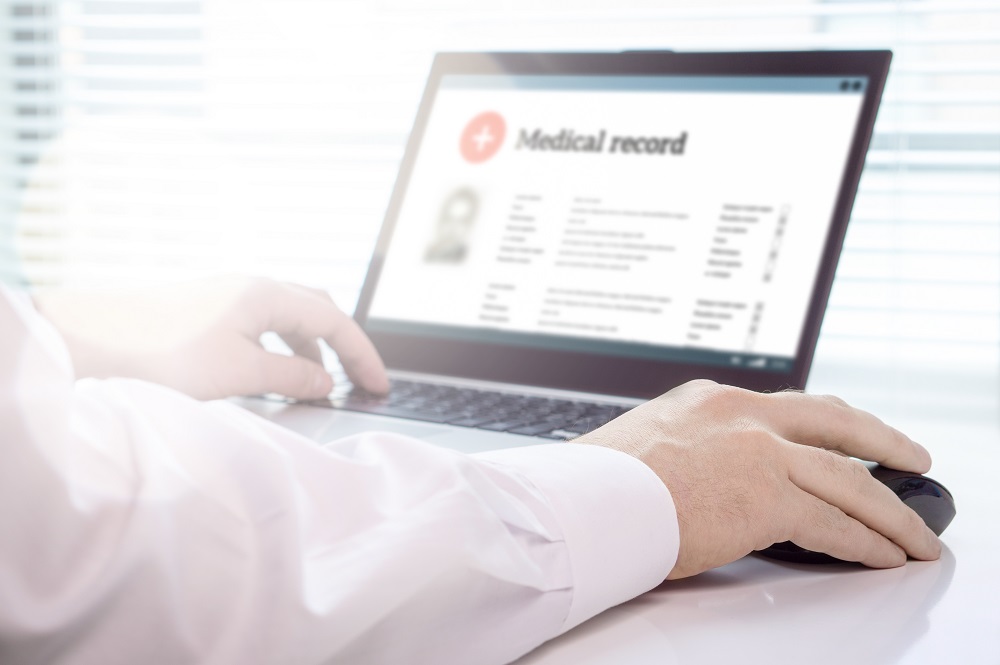Twenty years ago, the NHS began the process of taking paper records and creating digital summaries of them. Collating relevant data and standardising it is a complicated task, but when done properly it’s highly beneficial. The current COVID-19 pandemic provides a great example of just how invaluable this data can be. We’ve seen a stream of reports published on the impact of COVID-19. The digitalising of medical records in primary care has given the country a database of patient records, including such categories as age groups and pre-existing conditions. This has helped policymakers to better understand the demographics of those who have been affected. From this analysis, experts can work out which patients are most at risk, where to focus containment efforts, where the healthcare system will face strain and which interventions can best mitigate the crisis.
Trained and experienced primary care staff have been central to the summarising and coding of medical records. In order to make better predictions about the spread and impact of COVID-19, more data from reliable sources is needed. Patients’ medical records provide just one example of how we can use life-saving information to gather valuable insights.
One strategy for reopening the economy before a vaccine is developed could involve monitoring the contacts of newly infected people. Knowing the individuals who are most at risk would make this a powerful and useful strategy. The more complete the data, the more effective this solution could be.
However, there are still plenty of notes sitting in practice cupboards, so this rich source of data has some way to go before it can be deemed complete. Now a key objective of primary care staff is to make the time to finish the task, thereby giving patients across all GP practices the benefit of having their profile considered as part of a social distancing risk-management strategy for the greater public good.
While diseases can spread fast, verified data and knowledge can spread even faster, and that’s where the focus needs to be. The importance of having a logical approach to summarising medical records and getting this data in the hands of analysts has never been greater.
You can now access the Summarising Medical Records & QOF course from home. The three-hour session is delivered via Zoom and includes ‘off-line’ hands-on practical exercises using hard-copy material which is supplied to delegates in advance. The session offers an ideal opportunity to train staff and can be accessed from home (in the case of self-isolation) or from the surgery. Find out more information or book your place here.





May 8, 2020 at 9:00 am
Summarising notes is a thankless task and such a needlessly created one through the inability of GP2GP to work correctly. The system providers need to be tackled to increase success of GP2GP. Most notable failure occurs when EMIS practice moves to TPP then patient moves practice to a EMIS practice = FAILURE.
Seven elderly care home patients moved to us recently and we are going to be left with boxes of notes to summarise urgently – not best use of time in a pandemic.
As for the digitising scheme being touted locally it not worthwhile digitising – call it what it is SCANNING paper to save storage. NHSE needs to learn from census records scan but add value and index/code don’t dump it on practices